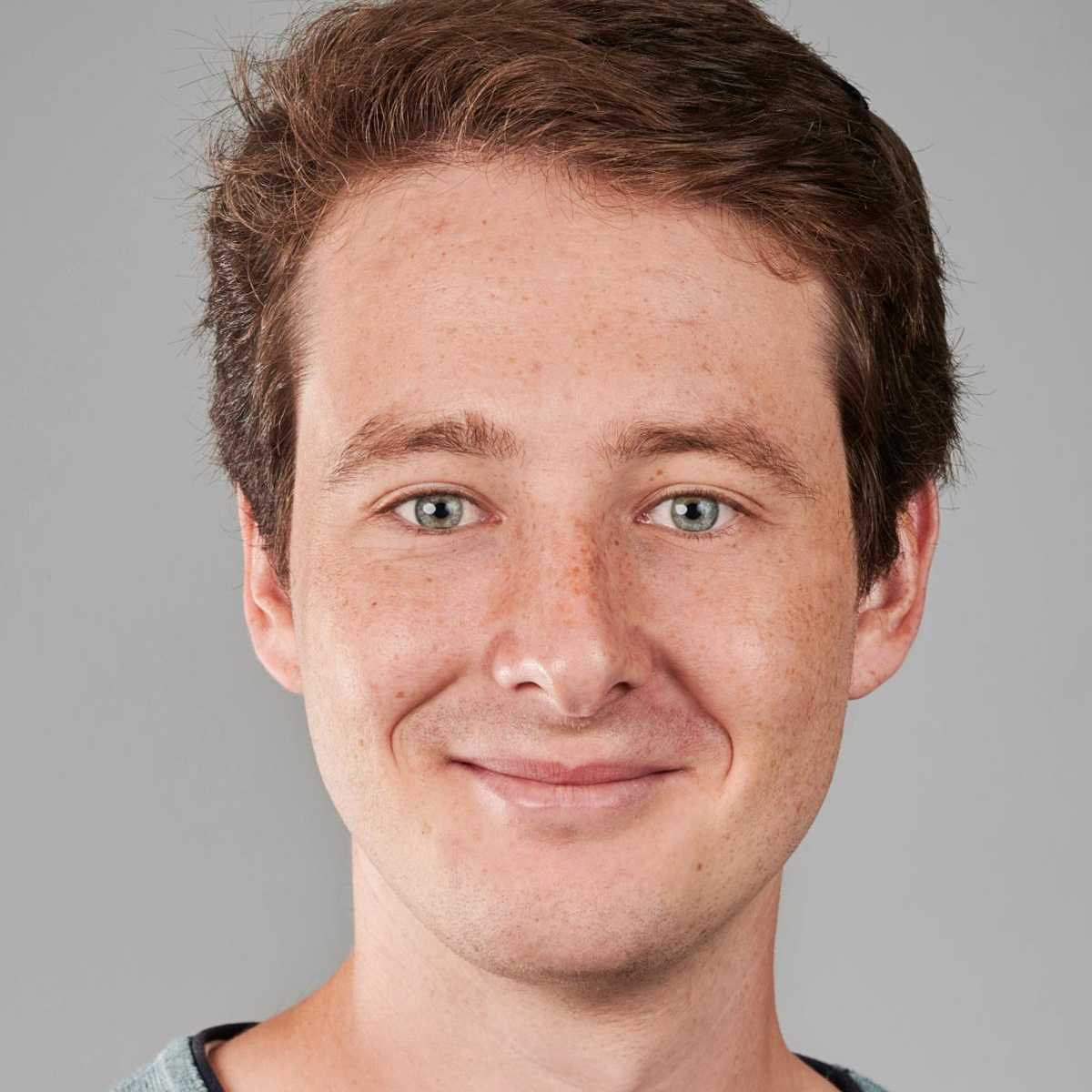Assessing genetic heterogeneity in circulating tumour cells to improve treatments
Researchers around Niko Beerenwinkel, head of the Computational Biology group, in collaboration with the group of Nicola Aceto from the ETH-Department of Biology, are studying genetic heterogeneity in clusters of cancer cells travelling through the blood to seed new tumours in the body. Their study in Nature Genetics characterises the composition of these circulating tumour cell clusters in liquid biopsies which may eventually replace traditional tissue biopsies in the medical practice.

The researchers developed a pioneering method called CTC-SCITE to look closer at the genetic makeup of circulating tmour cell (CTC) clusters in samples from breast and prostate cancer patients. In addition, they used human breast cancer tissue implanted in mice.

“CTC-SCITE allows us to gain insights into the genetic makeup of a tumour in a non-invasive way.”Johannes Gawron, co-lead author and doctoral student in the group of Niko Beerenwinkel
The study found direct evidence for the existence of individual CTC clusters carrying cells from different tumour clones. In other words: a cluster is not made up of just one type of cancer cell, instead it often contains a mix of different cancer cell types from different clones. The more diverse the original tumour is, the more likely it is to contain a mix of different clones. This genetic variety in the clusters makes it challenging to develop cancer treatments.
The study’s findings suggest that analysing CTC clusters in blood samples (a type of ‘liquid biopsy’) could give doctors a better picture of how diverse and ‘aggressive’ a cancer is - without needing to take tissue samples from the tumour itself, a standard method used in hospitals for characterising tumours called tissue biopsy. This novel method could also help medical doctors in developing treatments that target these mixed-cell clusters to prevent cancer from spreading in the patient’s body.
Find original publication in Nature Genetics:
Gremmelspacher, D, Gawron, J, Szczerba, B M et al. (2025) Phylogenetic inference reveals clonal heterogeneity in circulating tumor cell clusters. Nature Genetics, external page https://doi.org/10.1038/s41588-025-02205-2
Find a news article on the D-BIOL website.
Learn about research in the Computational Biology group led by Niko Beerenwinkel.